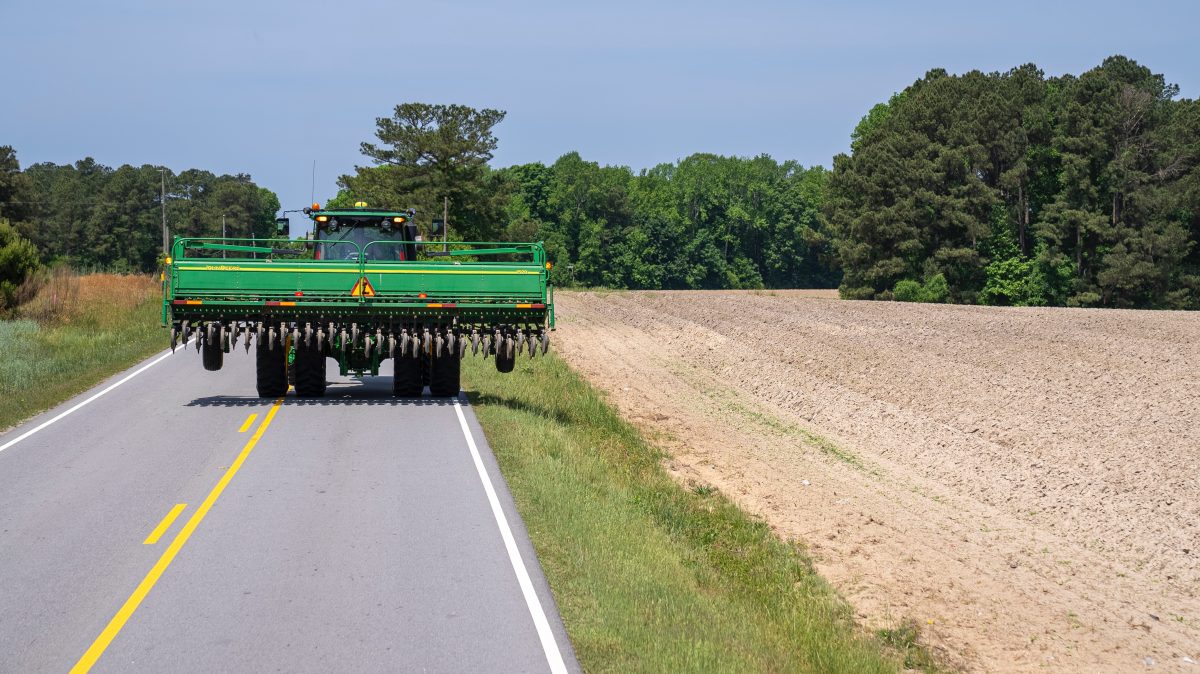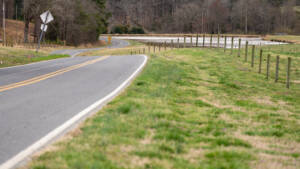Roads, Bridges Need 'Consistent' Federal Support, Lawmakers Told
TOPICS
InfrastructureAFBF Staff

photo credit: Mark Stebnicki, North Carolina Farm Bureau
Wisconsin Towns Association director Mike Koles had a clear message as he sat before a panel of lawmakers recently: America’s rural roads, bridges and culverts are deteriorating.
Approximately 12% of the nation’s arterials and collectors — terms the Transportation Department uses to classify rural freeways, highways, local roads and streets — were rated in poor condition in 2020, while 19% were in mediocre condition and 17% in fair condition, Koles said. Only 51% were classified as “good.”
But Koles, a past president of the National Association of Towns and Townships Rural, added that these statistics only cover about 31% of rural roads. Another 67% are classified as “local roads,” a label that makes it more difficult to tell what condition they are in nationwide. In Wisconsin, at least 76% of these local roads “require significant maintenance and reconstruction,” and 11% are in “poor condition,” Koles said in his written testimony.
Koles likened the nation’s road system to the human circulatory system. The interstate system is the heart of that system, state highways are arteries and veins and local roads are the capillaries.
“An athlete cannot succeed if they have a strong heart and weak capillaries,” he told the House Transportation and Infrastructure Committee last week. “I’m telling you, the rural areas in our system have those capillaries, and they are weak. We have a sickness and that hinders our economy.”
American Farm Bureau Federation Vice President Scott VanderWal echoed that sentiment in response to a question from Rep. Salud Carbajal, D-Calif. He noted that local governments, particularly in his home state of South Dakota, have struggled to keep up with the costs of repairing local roads amid inflation and heightened contractor costs.
“If you think about it, every road we have is crucial, even a township road that has gravel on it,” VanderWal said. “In South Dakota, there’s a tremendous number of those. But to the people that farm beside those roads, they’re hugely important, because that’s how they get their products to market.”
Read more from Agri-Pulse.


